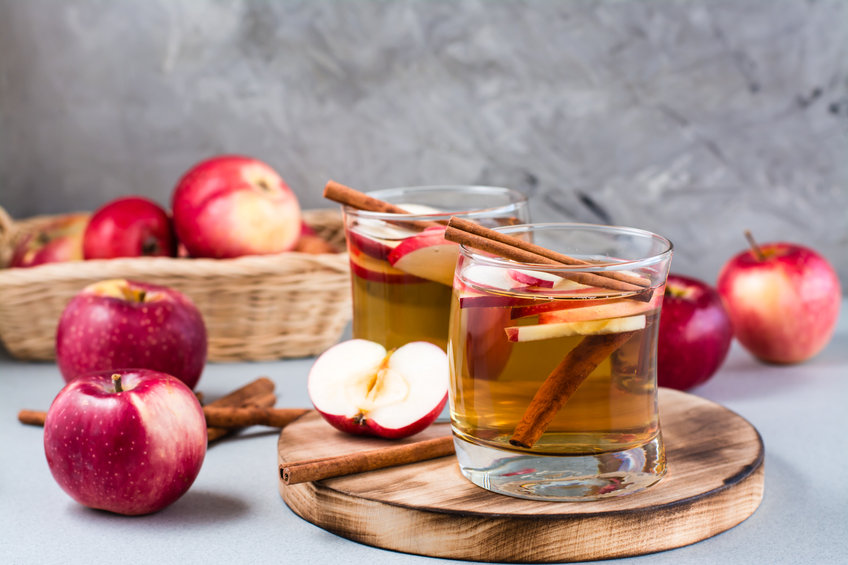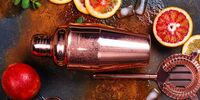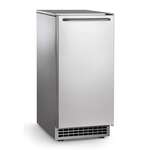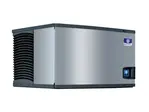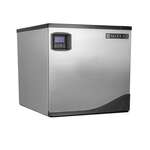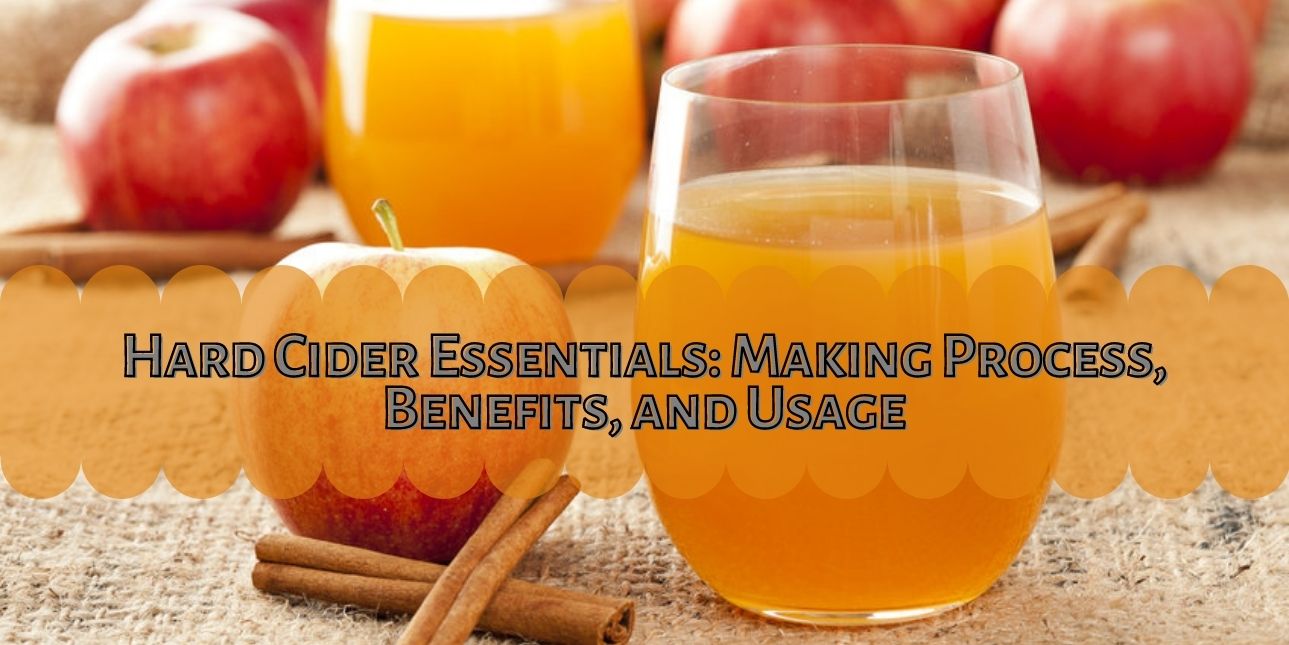
Hard cider is growing in popularity across the world. Cider is a refreshing alternative to bitter beer. Cider is healthier than beer and other alcoholic beverages.
In this article, we discuss what hard cider is, learn how hard cider is made, what non-alcoholic cider is, a list of various alcoholic ciders, the process of serving cider, and the health benefits of cider.
What is Hard Cider?
Hard cider is mainly made from fermenting fruit juices. Hard cider is mostly made from apples and is an alcoholic drink. Apple ciders are made from pressed apples. In most parts of Europe and the Americas, hard cider is simply called ‘cider’.
How is Hard Cider Made?
Here is a list of the steps that are followed to make hard cider:
- Fresh Juice: You can purchase fresh juice without preservatives to make cider. You can also prepare fresh-pressed juice to make hard cider. For producing hard cider, you need to ferment fresh juice. You can peel an apple, clean it, and crush it in a fruit presser.
- Yeast: You can add yeast to the treated juice to start the fermentation process.
- Achieve Desired Dryness: You need to have the patience to produce the perfect taste. You can add more yeast to the mix if the cider starts smelling like rotten eggs. Hard cider takes around 14 days to complete the fermentation process. You can leave the hard cider for another week for the yeast to settle.
- Place Cider In a Container: You can transfer the prepared cider to a vessel without any headspace or room. The container should be oxygen-free. You can let the cider age in the container until you get the desired flavor.
- Wine Fining Agent: You can additionally use a wine fining agent like gelatin and the pectic enzyme. These fining agents will bind and break the tannins and proteins. After the aging is complete, you can add gelatin or pectic enzyme to clear the liquid.
- Bottling Process: You can add a priming agent to make the cider more sparkling. You can also add a small quantity of sulfite for still cider or non-carbonated cider.
Non-alcoholic Cider: How is Cider Made?
You can prepare de-alcoholized cider and low-alcohol-ciders for various purposes. You can remove alcohol from hard cider by reverse osmosis and thermal evaporation in de-alcoholized cider. You can use additional processes to achieve a de-alcoholization level of less than 0.5 % abv. Most de-alcoholized ciders have no taste and are less popular than other types of ciders.
Low-alcoholic cider is made from a stopped fermentation and fortification of de-alcoholized cider. Low-alcoholic ciders have an alcohol concentration of less than 1.2% abv. You can fortify de-alcoholized cider by adding apple juice and ingredients. They add flavor and aroma to a cider.
Is Hard Cider A Beer?
Many have asked us the question, ‘Is a cider a beer?’. The answer to that question is No. Hard cider is not beer. Many restaurants, cocktail places, clubs, and pubs list hard cider in the beer section. The core difference is that beer is a fermented alcoholic beverage mainly made from malt. Beer is flavored with hops. Hard cider is made from various fermented juices, especially pressed apple juice.
Many pubs and clubs serve hopped ciders. These ciders contain beer-like aromas and flavors, yet these are not brewed from malt. Hopped hard ciders are a perfect gluten-free beer substitute, and a lightweight alternative to beer.
What is Cider Beer?
Many refer to hard cider as beer but that is not the correct terminology. As discussed above, beer is made from grains and cider from fruits. The confusion has grown manifold, as cider is mostly served from beer taps and listed in the beer section of bar menus.
A List of Various Alcoholic Ciders
There are some key varieties of alcoholic cider or hard cider. Hard cider is popular with many alcohol enthusiasts. You can try different types of cider, categorized according to their level of sweetness and carbonation:
- Off-Dry Cider: Off-dry cider has double the body of dry cider. Off-dry cider contains 1 to 2% residual sugar. They are smoother than other ciders.
- Dry Cider: Most dry ciders have 0.5 % or less residual sugar. Dry cider is more acidic than other ciders. In dry cider, yeast mainly breaks down the natural sugars in the cider. Dry cider has higher alcohol content than off-dry cider and semi-dry cider. Dry cider is aged in traditional oak barrels that enhance the flavor of cider over time.
- Sweetened Cider or Semi-dry Cider: Sweetened cider contains more than 2% residual sugar. Highly sweetened ciders contain above 4% residual sugar content. Sweetened ciders are tastier and more flavorful than dry and off-dry cider. The apple flavor is more pronounced in sweetened cider. Sweetened cider also contains less alcohol and is smoother than other ciders.
Ciders can also be differentiated by the fruit used. You can produce and make cider from various fruits. Ciders are mostly made from pears and apples. You can use strawberries, berries, pineapples, plums, or peaches to make the cider of your choice. Apple ciders are popular across the world.
How To Serve Cider Efficiently
There are various ways you can serve cider fresh in your club, pub, restaurant, and bar. With professional beverage equipment and supplies, you can serve ciders efficiently at your foodservice joint. Additionally, here is a list of the things to keep in mind while serving cider:
- Temperature: Hard ciders are best served at 40 degrees Fahrenheit. The serving temperature of cider is similar to white wine. You can use commercial ice makers, reach-in refrigerators, and walk-in refrigerators to serve cider chilled.
- Clean Tap Line: Always clean the tap after serving the draft cider. The delicate flavor of cider can be altered if mixed with other drinks. Most bars and pubs serve ciders through a dedicated tap line. Draft cider is naturally gluten-free. Never serve hard cider in a beer line.
- Serve In Hard Cider Glasses: You can use various glasses to serve hard cider. The best glasses for cider have bowls that help in the aeration process. Many pubs and clubs use wine glasses to serve cider. The shape of wine glasses helps in experiencing the various flavors and aromas.
- Pairing Cider With Food: You can pair various dishes with hard cider. Most cider is made from apple juice. While choosing the dishes, you can focus on dishes that complement apple juice. Foods like chicken, steak, pork, squash, and various fruits can be accompanied by a glass of hard cider. You can opt for dry cider with entrees, and for desserts, you can pair it with sweet cider.
- Aging: The age of a cider can determine the taste. Acidic ciders need longer periods of time to settle. Many prefer naturally carbonated ciders that are more acidic than regular ciders.
The Health Benefits of Cider
Apple ciders have polyphenols that act as antioxidants. Apple cider can help the body fight against cell damage, lower the risk of cancer, and control diabetes. Polyphenols also contain anti-inflammatory benefits.
Customers with gluten allergies prefer cider over beer and other alcoholic drinks. Many consider cider a healthy drink. You can enjoy cider across all seasons. During summers, ciders serve as a cool, refreshing drink to beat the heat. Many commercial food service establishments, bars, and pubs serve ciders. You can also go through our bar equipment buying guide to find the best commercial kitchen equipment to store cider for your bar, restaurant, and pub.

